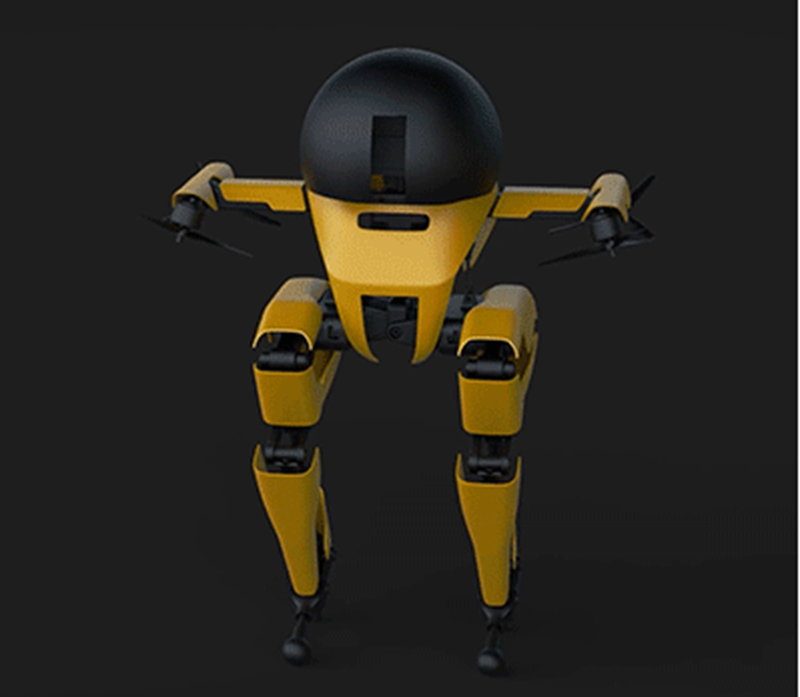Innovative Bipedal Robot 'LEO' Combines Walking and Flying Abilities
Written on
Chapter 1: The Rise of Agile Robots
The field of robotics is witnessing a transformation, with machines becoming increasingly agile and capable of executing intricate tasks. Gone are the days of simple robots; today, we see the emergence of advanced, nimble robotic systems. Just a few months back, I discussed how researchers have trained individuals to utilize a robotic extra thumb to perform delicate maneuvers. However, the robot in focus now, named LEO (LEgs ONboARD drOne), resembles something straight out of a science fiction narrative.

Developed by researchers at Caltech’s Center for Autonomous Systems and Technologies, LEO showcases remarkable multimodal locomotion capabilities. This innovative bipedal robot can walk a slackline, hop, and even skateboard. The design integrates multi-joint legs with propeller-driven thrusters, allowing for exceptional control over balance.
Section 1.1: Nature-Inspired Design
The team drew inspiration from the natural world, particularly observing how birds flap and hop in response to their surroundings. This fascinating behavior was then adapted into the hybrid mechanics of this part-robot, part-drone entity. LEO’s versatility is invaluable for navigating challenging terrains, as it can seamlessly switch between various forms of movement. While flying robots can effortlessly navigate obstacles, they often face limitations, such as high energy consumption and restricted payload capacity.

“There is a similarity between how a human wearing a jet suit controls their legs and feet when landing or taking off and how LEO uses synchronized control of distributed propeller-based thrusters and leg joints.” ~ Soon-Jo Chung, Corresponding Author
Section 1.2: Specifications and Mechanisms
LEO stands at a height of 2.5 feet (0.8 meters) and is equipped with legs featuring three actuated joints, complemented by four propeller thrusters positioned at an angle on its shoulders. The robot employs a principle akin to human balance, utilizing propellers to maintain an upright stance while walking. The synchronized movement of its leg actuators facilitates forward motion by adjusting its center of mass.
Chapter 2: Future Prospects and Enhancements
Having begun development in 2019, the project has finally yielded its first prototype. Researchers aim to enhance LEO's capabilities further by refining the leg design for increased strength and improving the thrust produced by its propellers. Plans also include advancing LEO’s autonomy, enabling it to assess the weight capacities of its legs and propellers during movement.
Additionally, the team intends to implement an advanced drone landing control algorithm utilizing deep neural networks. This upgrade would empower LEO to navigate paths by selecting the safest and most energy-efficient combinations of walking, flying, or hybrid motion. They envision LEO as a potential adaptive landing gear solution for future Mars missions, minimizing the chances of failure in challenging environments.
Complete research findings were published in the Journal of Science Robotics.

Stay updated with the latest developments — Join my mailing list.